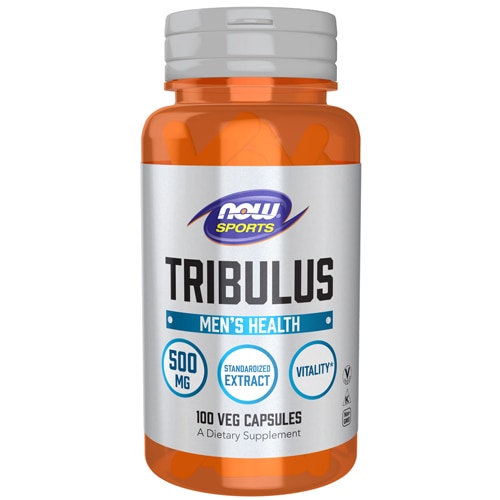It’s time to exorcise the exercise demons. Fewer than one-fourth of American adults engage in an adequate amount of aerobic and muscle-strengthening activity, federal data shows. In other words, we need to get moving!
Meeting recommended goals for physical activity need not be a chore, though. Just embrace these five exercises to get your fitness routine on track.
1. Walking
Alice Holland, a physical therapy specialist at Stride Strong Physical Therapy in Portland, Oregon, says pretty much anyone at age (other than children who haven’t learned to walk yet) can get in a daily walk. Walking promotes cardiovascular health, bone growth, circulation and core endurance, Holland says. It also contributes to weight loss.
As noted by the Mayo Clinic, the U.S. Department of Health and Human Services recommends 150 minutes a week of moderate-intensity exercise, such as brisk walking. Ways to incorporate more walking into your daily routine include taking a stroll with your dog, using the stairs at your office instead of the elevator and parking farther away from building entrances to log more steps.
Harvard Medical School recommends launching a walking regimen with 10 to 15 minutes of activity at a time, progressing to 30 to 60 minutes on most days.
“Think of walking like a macronutrient,” says Katy Lush, a Pilates instructor in Chicago. “We should be doing this exercise the most throughout our day.”
2. Swimming
Harvard Medical School calls swimming “the perfect workout.”
“The buoyancy of the water supports your body and takes the strain off painful joints so you can move them more fluidly,” says the medical school, adding that swimming is especially useful for people with arthritis.
Swimming.org lists these as some of the key benefits of swimming:
- It offers a full-body workout.
- It improves general well-being.
- It helps relieve stress.
- It burns calories.
- It lowers the risk of heart disease, stroke and type 2 diabetes.
- It bumps up your energy level.
3. Planks
Tyler Sellers, CEO and editor in chief of health and fitness website Total Shape, says planks strengthen your core and help ward off back pain. Planks also improve flexibility, coordination and posture, according to HealthCorps.org, and rev up your mood and metabolism.
Ideally, you should aim for three planks lasting 60 seconds each.
“Do not let the short time intervals fool you. This mini-exercise gives you a solid workout,” Sellers says.
4. Squats
Squats aren’t just for bodybuilders. These exercises help you lose weight, build muscle (particularly in your legs), improve your posture and strengthen your core, according to Sellers.
A bonus: You don’t need fancy gym equipment to do squats. You can do them with the aid of a chair.
“If you are new to working out, start easy and use a chair for support if you need,” The Active Times recommends. “Keep your arms in front of you. Don’t extend your knees past your toes. Stay in this position for a few seconds. Do this for a minute and don’t rush.”
Lush compares doing squats to taking vitamin D.
“We’re all a bit depleted in it,” she says, “and could stand to supplement more squats into our daily life.”
5. Lunges
Lunges deliver many of the same benefits as planks and squats.
“Lunges don’t require any equipment, and they’re a great way to work your calves, glutes, hamstrings and quads. They also help with balance and core strength,” Prevention magazine says. “That’s pretty efficient for one basic move!”
Bottom line
Chiropractic sports physician, strength and conditioning coach, and nutritionist Dr. Len Lopez maintains that the best exercise is the exercise that you enjoy doing.
“Otherwise, you will quickly stop when it isn’t convenient,” Lopez says.
“If you don’t like running or lifting weights, don’t do it. Hike, bike, swim, dance — whatever it is that you like doing is the most important part. That way, it isn’t mentally seen as a job or a pain.”




